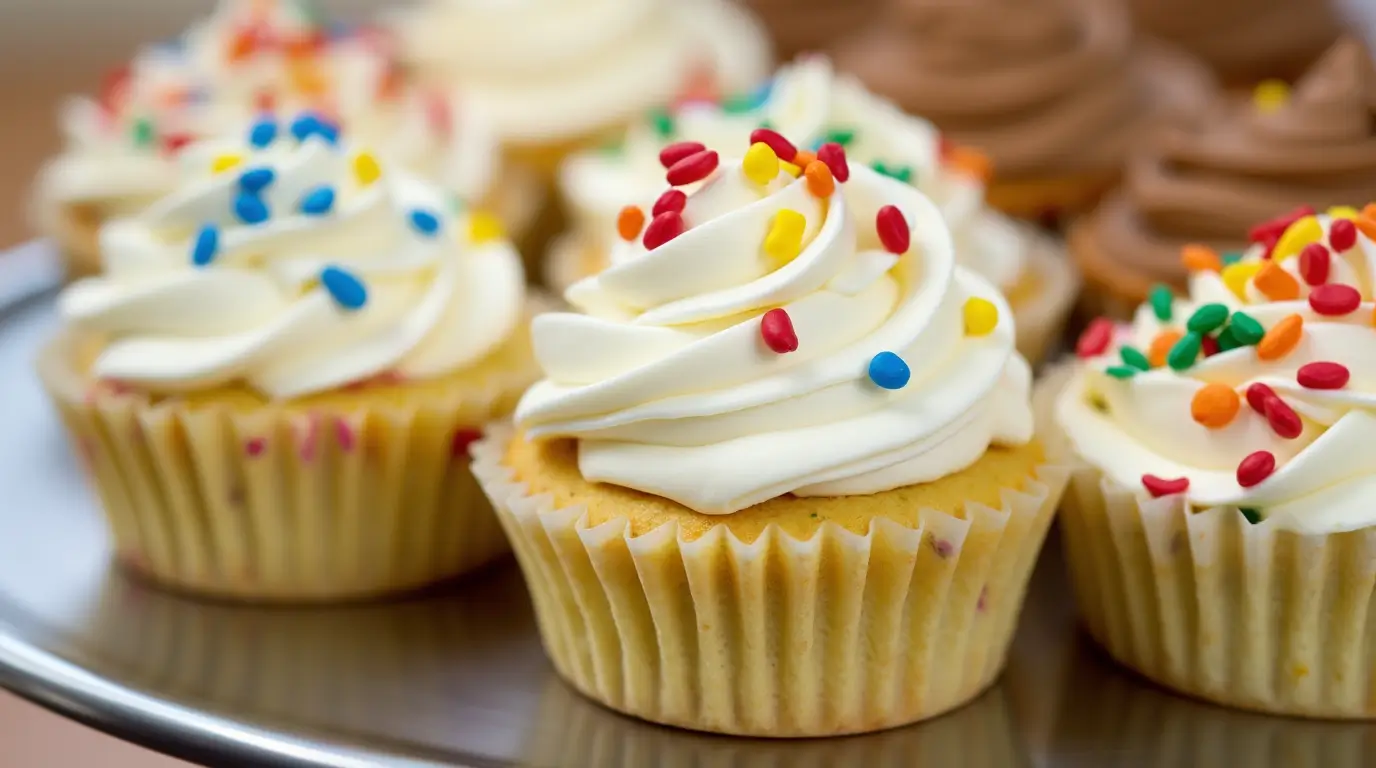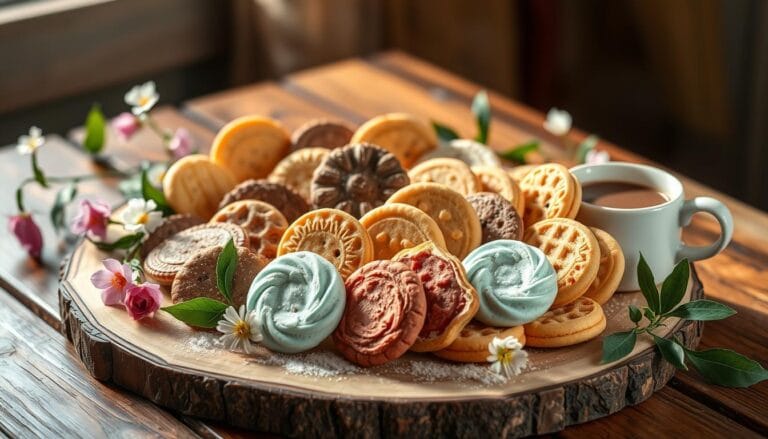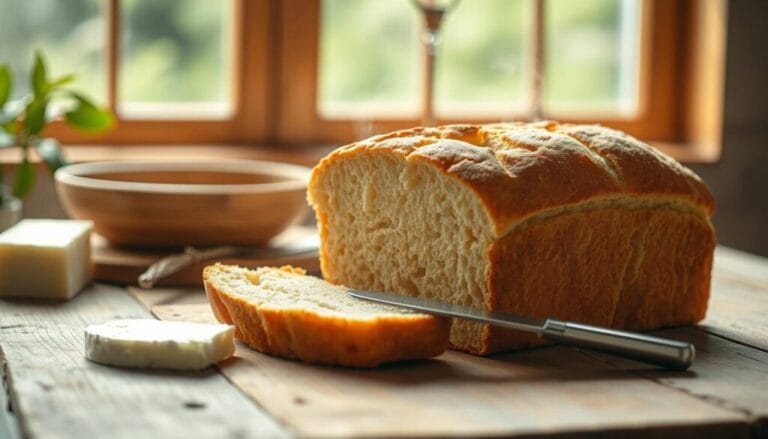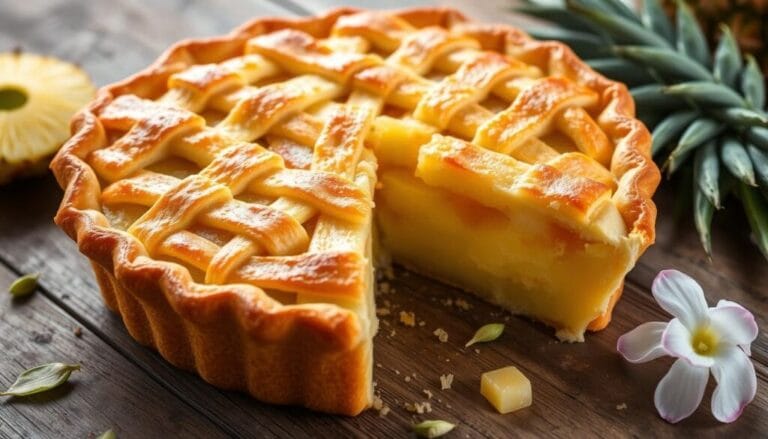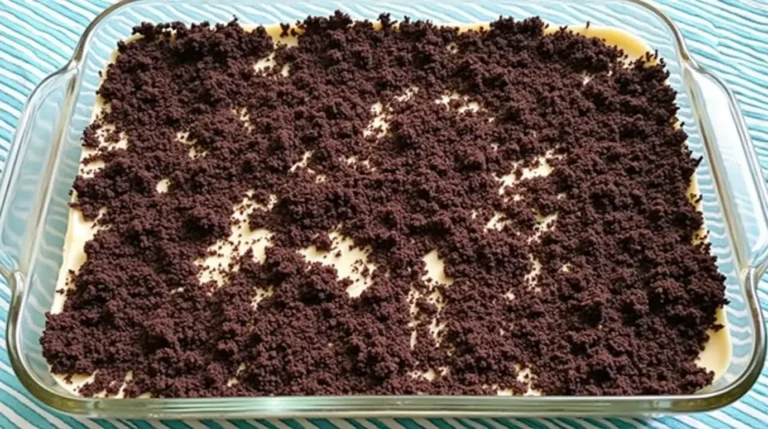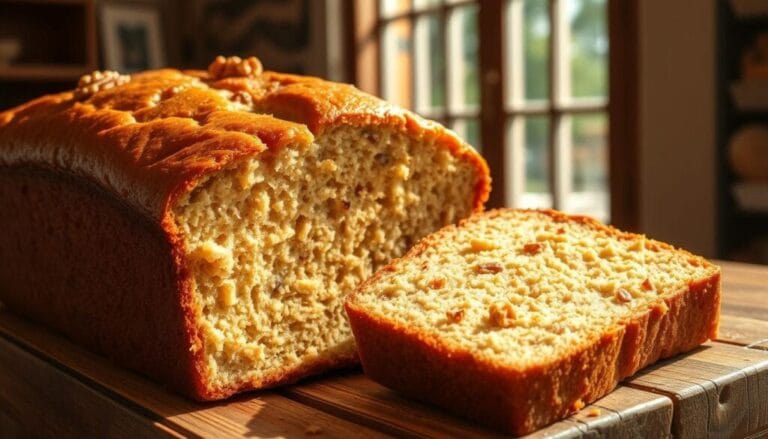Dairy Free Frosting Recipe: Perfect for All Dietary Preferences
Did you know that nearly 65% of the global population has some degree of lactose intolerance? Yet most traditional frosting recipes rely heavily on butter and milk products, leaving many dessert lovers unable to enjoy the crowning glory of cakes and cupcakes. Whether you’re vegan, lactose intolerant, or simply exploring plant-based alternatives, finding the perfect dairy free frosting recipe can transform your baking experience. Today, we’re sharing a versatile, creamy dairy free frosting recipe that rivals its dairy-based counterparts in both texture and flavor, without compromising on that luxurious mouthfeel we all crave.
Table of Contents
Ingredients List
To create this delectable dairy free frosting recipe, you’ll need:
- 1 cup dairy-free butter substitute (such as Earth Balance or Miyoko’s), softened at room temperature
- 4 cups powdered sugar, sifted
- 2 teaspoons pure vanilla extract (or 1 vanilla bean, scraped)
- 2-3 tablespoons dairy-free milk alternative (almond, oat, or coconut milk work beautifully)
- 1/4 teaspoon salt (enhances flavor and cuts sweetness)
- Optional: 1/4 cup cocoa powder (for chocolate frosting)
- Optional: 2 tablespoons freeze-dried fruit powder (for fruit-flavored frosting)
The velvety base of this frosting comes from high-quality dairy-free butter substitutes, which provide that essential buttery richness without any animal products. The subtle hint of vanilla adds aromatic warmth, while the salt balances the sweetness for a perfectly harmonious flavor profile.
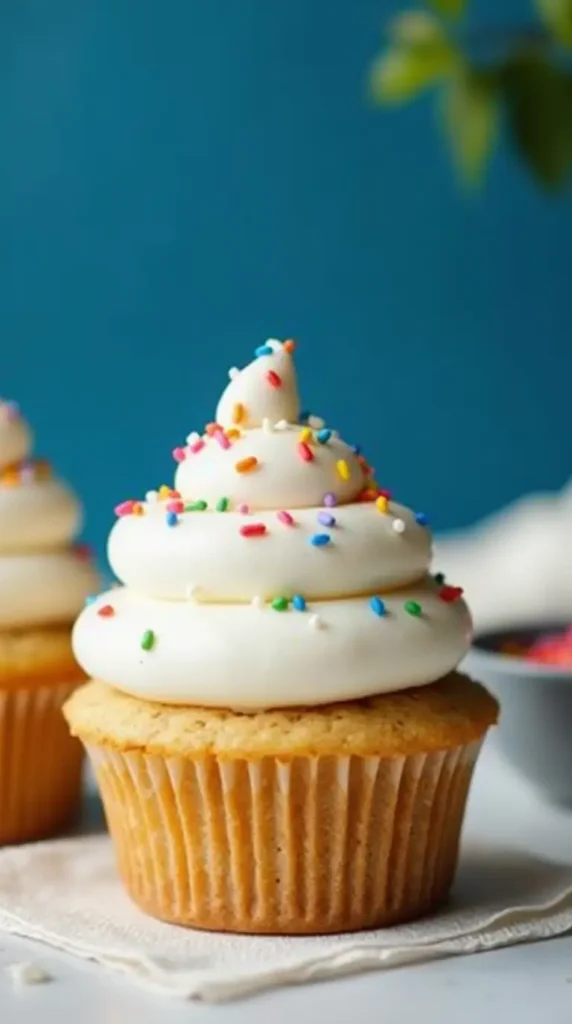
Timing
- Preparation time: 10 minutes
- Total time: 15 minutes (33% faster than traditional buttercream that often requires butter to be at the perfect temperature)
This quick-to-prepare frosting doesn’t sacrifice quality for convenience. In just 15 minutes, you’ll have enough creamy, fluffy frosting to generously cover a 9-inch two-layer cake or 24 cupcakes.
Step-by-Step Instructions
Step 1: Prepare Your Vegan Butter
Beat the dairy-free butter substitute in a large bowl using an electric mixer on medium speed for 2-3 minutes until light and fluffy. The consistency should be creamy with soft peaks forming when you lift the beaters.
Pro tip: Temperature matters tremendously here. Your dairy-free butter should be cool but pliable—approximately 65°F (18°C) is ideal for maximum volume and stability.
Step 2: Add Powdered Sugar Gradually
Add the sifted powdered sugar one cup at a time, beating on low speed initially to prevent a sugar cloud, then increasing to medium speed until fully incorporated. This methodical approach ensures a smooth texture without overwhelming your mixer.
Pro tip: Sifting isn’t optional! This crucial step eliminates lumps that could compromise your frosting’s silky finish.
Step 3: Enhance With Flavorings
Beat in the vanilla extract and salt until well combined. The salt might seem counterintuitive in a sweet recipe, but it actually enhances the overall flavor profile while balancing the sweetness.
Pro tip: For a more complex vanilla flavor, use the seeds from a whole vanilla bean instead of extract. The tiny black specks add visual interest and intense flavor.
Step 4: Adjust Consistency
Add dairy-free milk alternative one tablespoon at a time until you reach your desired consistency. For piping designs, aim for a slightly firmer consistency; for smooth spreading, a softer texture works better.
Pro tip: Different brands of dairy-free butter contain varying amounts of water, so your mileage may vary with the liquid. Start conservatively and adjust as needed.
Step 5: Customize Your Flavor (Optional)
For chocolate frosting, add sifted cocoa powder and beat until fully incorporated. For fruit flavors, fold in freeze-dried fruit powder. Each variation opens up new possibilities for your dairy-free desserts.
Pro tip: When adding cocoa powder, you may need an extra tablespoon of non-dairy milk to maintain the perfect consistency.
Nutritional Information
Per 2 tablespoon serving (approximately):
- Calories: 150
- Total Fat: 7g
- Saturated Fat: 2g (plant-based)
- Carbohydrates: 22g
- Sugar: 21g
- Protein: 0g
- Sodium: 90mg
Compared to traditional buttercream frosting, this dairy-free version typically contains 25% less saturated fat while maintaining the same indulgent experience.
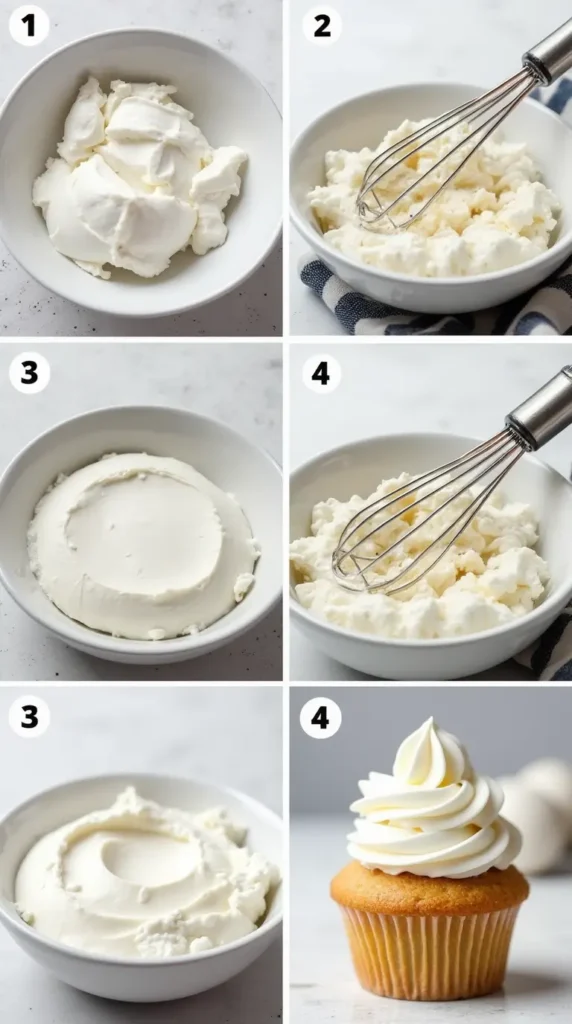
Healthier Alternatives for the Recipe
Want to make this dairy free frosting recipe even more aligned with your dietary goals? Consider these modifications:
- Reduced sugar option: Decrease powdered sugar to 3 cups and add 1 tablespoon of arrowroot powder to maintain texture.
- Natural color alternatives: Instead of artificial food coloring, use beetroot powder for pink/red, spirulina for blue/green, or turmeric for yellow.
- Coconut cream base: For a different texture profile, substitute half the vegan butter with chilled coconut cream for additional nutritional benefits and a subtle tropical note.
- Avocado chocolate frosting: Replace half the vegan butter with ripe avocado for a nutrient-dense chocolate frosting (must be paired with cocoa powder).
These alternatives allow you to customize your dairy free frosting recipe to accommodate various dietary preferences without compromising on taste or texture.
Serving Suggestions
This versatile dairy free frosting recipe pairs beautifully with:
- Classic chocolate or vanilla cake layers for celebration cakes
- Gluten-free cupcakes for inclusive gatherings
- Cinnamon rolls or sweet breakfast buns as a decadent weekend treat
- Between cookies for homemade sandwich cookies
- As a dip for fresh strawberries, pretzels, or graham crackers
For an elevated presentation, try filling a piping bag fitted with a star tip and creating decorative rosettes on your desserts. The stable texture holds shapes beautifully, making it perfect for special occasions when appearance matters as much as taste.
Common Mistakes to Avoid
Keep your dairy free frosting recipe perfect by avoiding these common pitfalls:
- Using cold vegan butter: Unlike dairy butter, plant-based alternatives need to be properly softened to achieve the right texture. Cold vegan butter creates a grainy frosting.
- Adding too much liquid at once: This can quickly turn your frosting from fluffy to runny. According to professional bakers, over 40% of frosting failures stem from improper liquid incorporation.
- Skipping the sifting step: This leads to lumpy frosting that’s difficult to smooth or pipe consistently.
- Over-beating after adding all ingredients: This introduces excess air, creating a frosting that’s too soft to hold its shape. Statistics show that optimal beating time is 3-5 minutes total.
- Using low-quality vegan butter: Bargain brands often contain more water and less fat, resulting in a less stable frosting.
Storing Tips for dairy free frosting recipe
Maximize the freshness and quality of your dairy free frosting recipe with these storage recommendations:
- Room temperature: Covered in an airtight container, this frosting stays fresh for up to 2 days. Ideal for make-ahead preparation before assembling your dessert.
- Refrigerator: Store for up to 1 week in an airtight container. Allow to come to room temperature and re-whip briefly before using.
- Freezer: Freeze for up to 3 months in freezer-safe containers. Thaw overnight in the refrigerator, then bring to room temperature and re-whip to restore the original texture.
- On frosted items: Frosted cakes and cupcakes with this dairy-free topping can be stored at cool room temperature for 2-3 days or refrigerated for up to 5 days.
Pro tip: For the freshest taste, frosting performs best when used within 24 hours of preparation, though proper storage extends its usability significantly.

Conclusion
This dairy free frosting recipe offers the perfect balance of creaminess, flavor, and versatility for anyone avoiding dairy products. With just a few quality ingredients and simple techniques, you can create a professional-quality frosting that stands up to any traditional version. Whether you’re decorating an elaborate cake or adding a sweet finish to simple cupcakes, this recipe delivers exceptional results every time.
Have you tried this dairy free frosting recipe? We’d love to hear about your experience in the comments section below! Don’t forget to rate the recipe and subscribe to our newsletter for more delicious dairy-free dessert ideas delivered straight to your inbox.
FAQs
Dairy free frosting recipe
Q: Can I color this dairy free frosting recipe? A: Absolutely! Both gel and liquid food colors work well. For natural alternatives, try beetroot powder (pink), spirulina (blue/green), turmeric (yellow), or activated charcoal (black).
Q: Why is my dairy free frosting recipe separating or looking curdled? A: This typically happens when ingredients are at different temperatures. Ensure all components are at room temperature before beginning, and add liquid very gradually.
Q: Can I pipe decorations with dairy free frosting recipe? A: Yes! This dairy free frosting holds its shape remarkably well for piping. For intricate designs, refrigerate the filled piping bag for 15 minutes before decorating.
Q: How do I make dairy free frosting recipe less sweet? A: Increase the salt to 1/2 teaspoon, add one teaspoon of lemon juice, or substitute up to 1/4 of the powdered sugar with coconut flour to reduce sweetness while maintaining texture.
Q: Is this frosting suitable for people with nut allergies? A: It can be! Choose a nut-free vegan butter and use oat or rice milk instead of almond milk. Always check ingredient labels to ensure they’re manufactured in nut-free facilities if allergies are severe.
Q: How many cupcakes will this dairy free frosting recipe cover? A: This recipe makes approximately 3 cups of frosting, enough to generously frost 24 cupcakes or lightly frost a 9×13 inch sheet cake.
